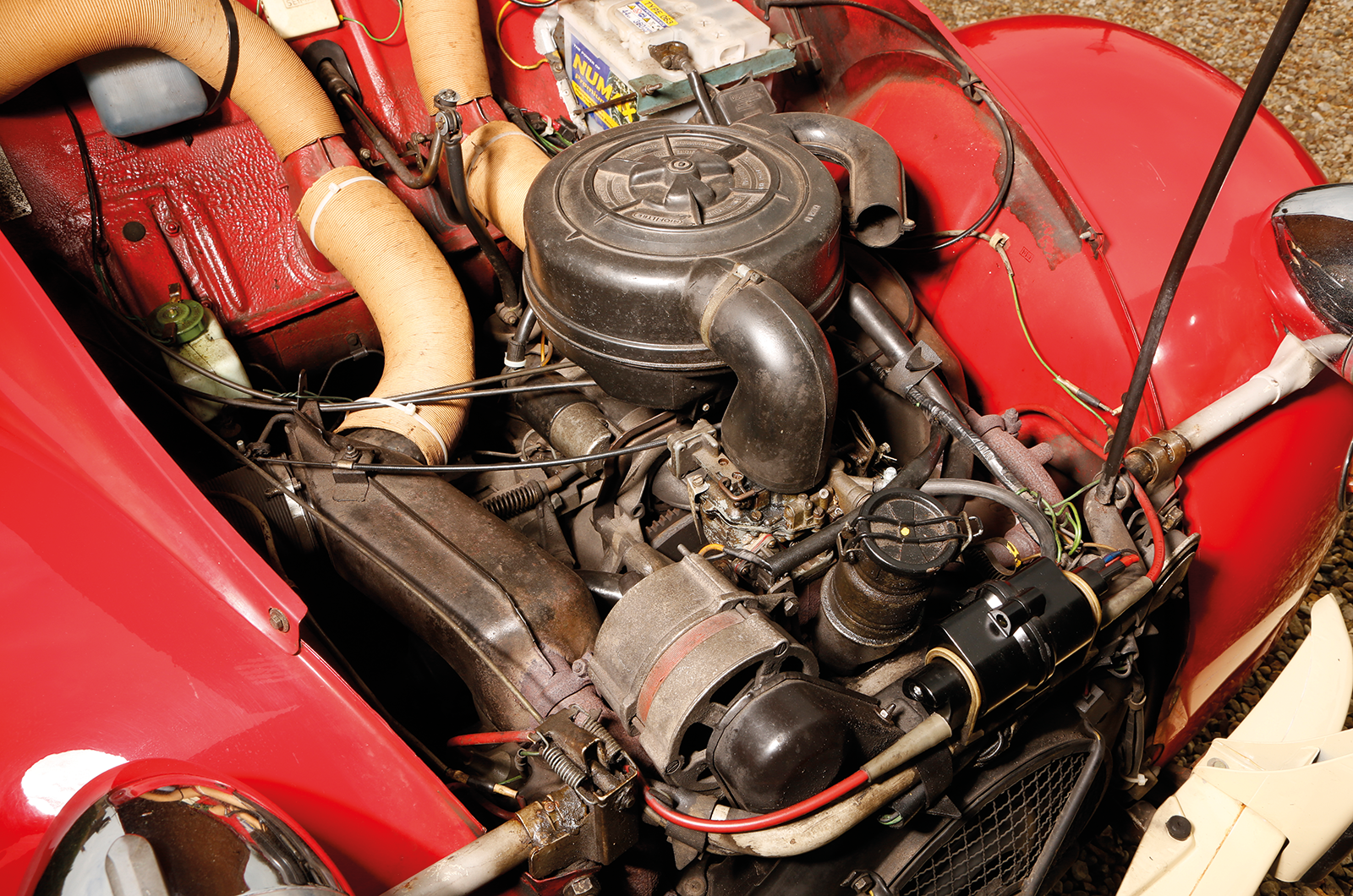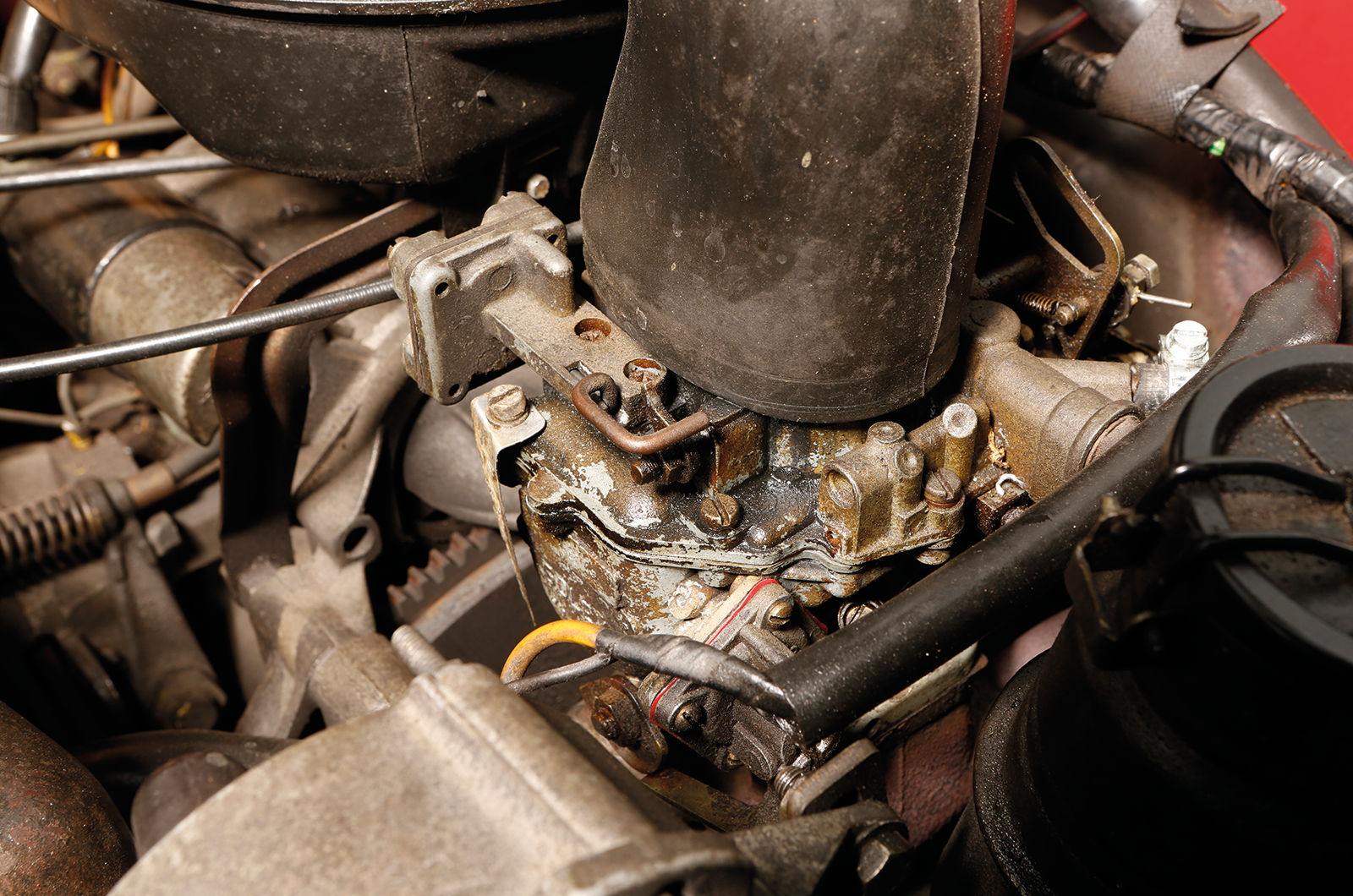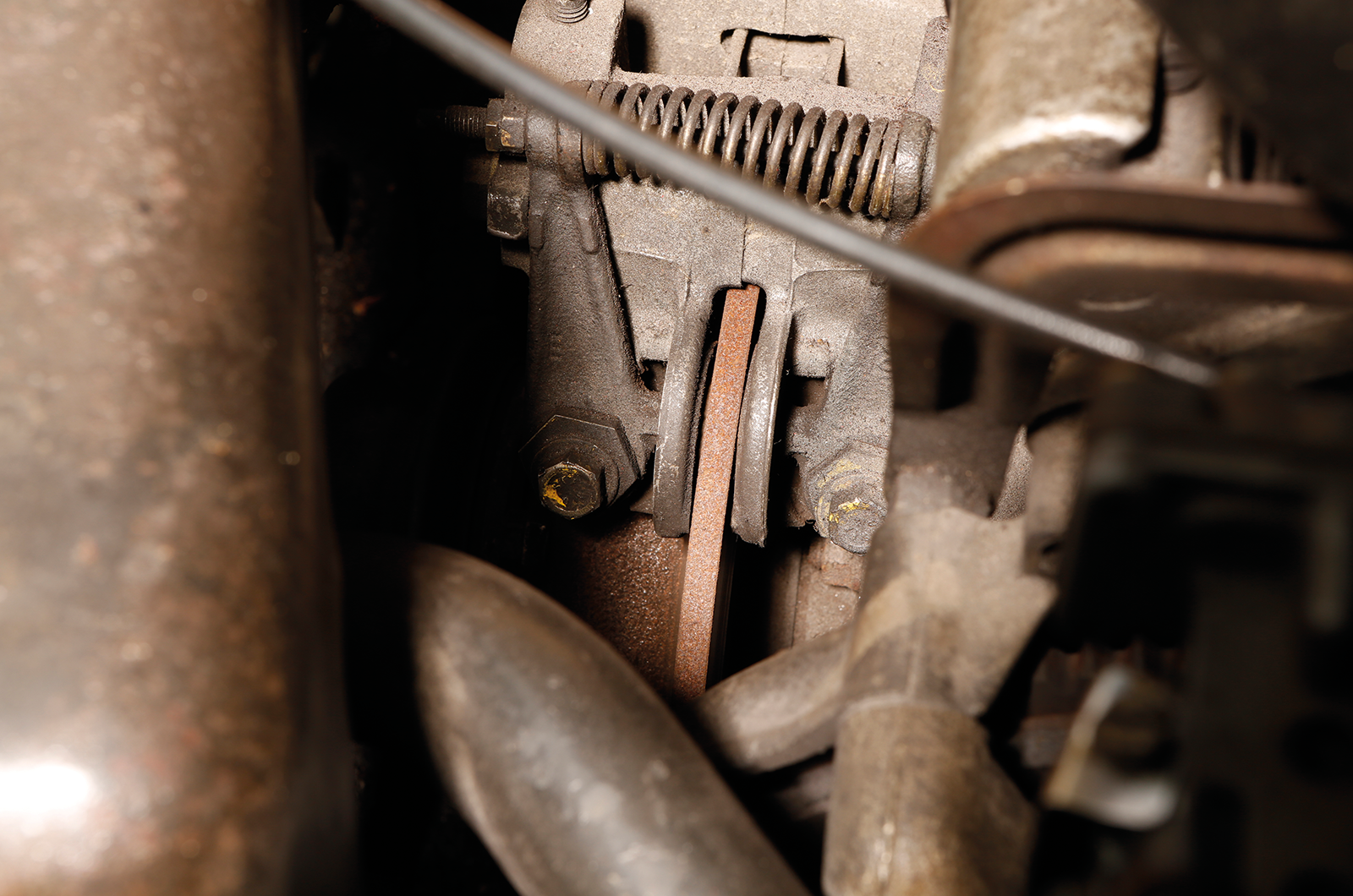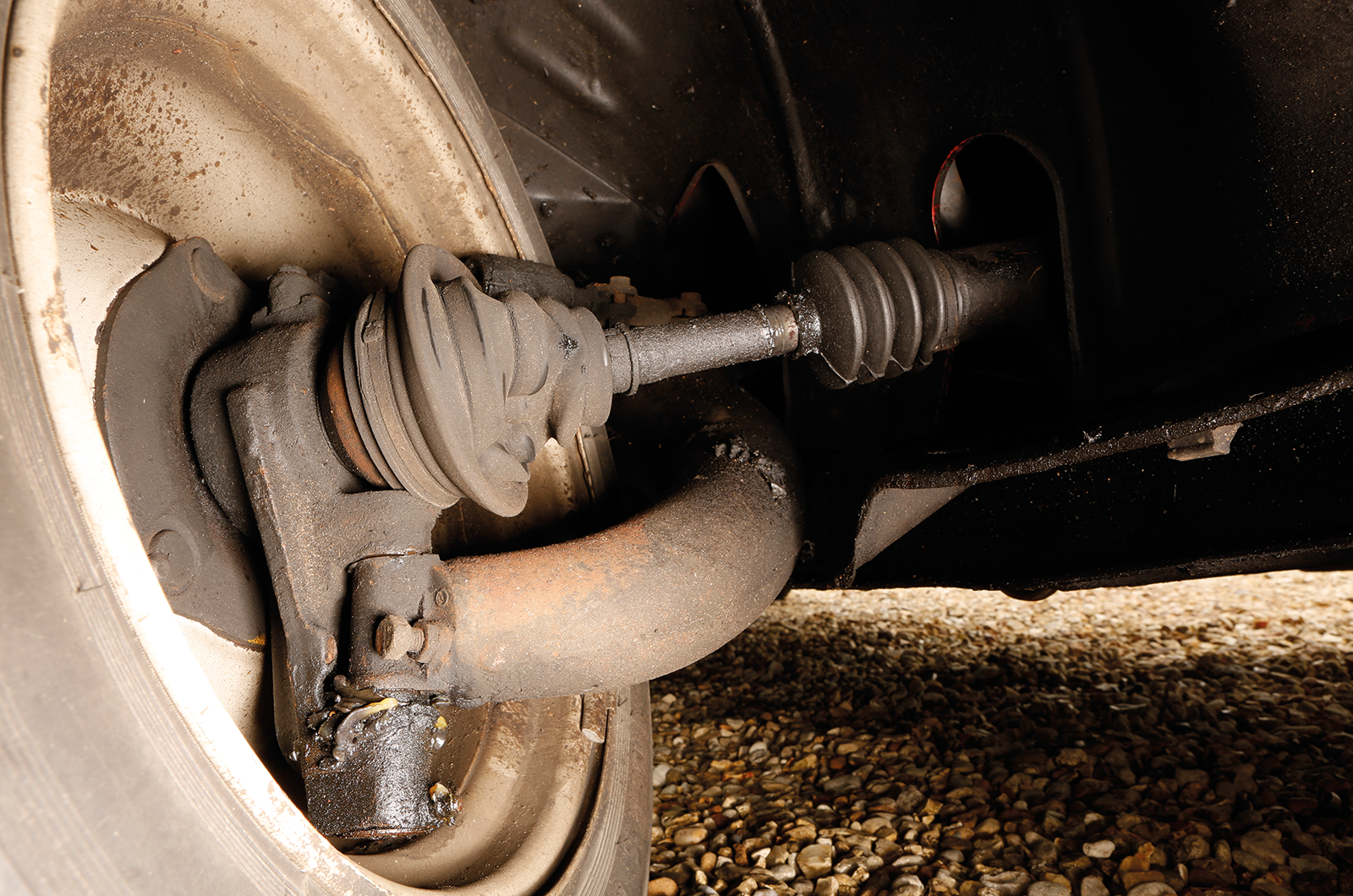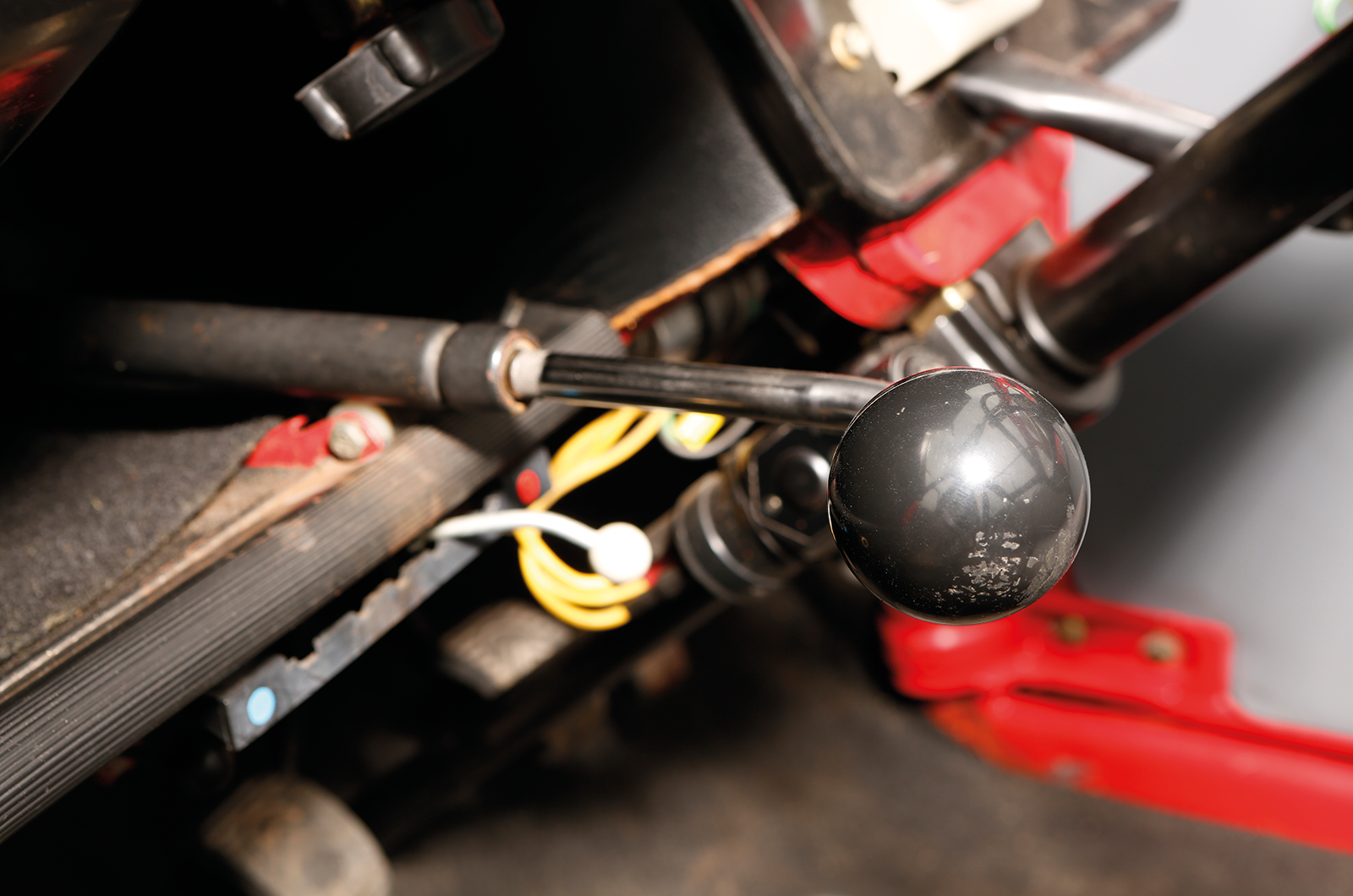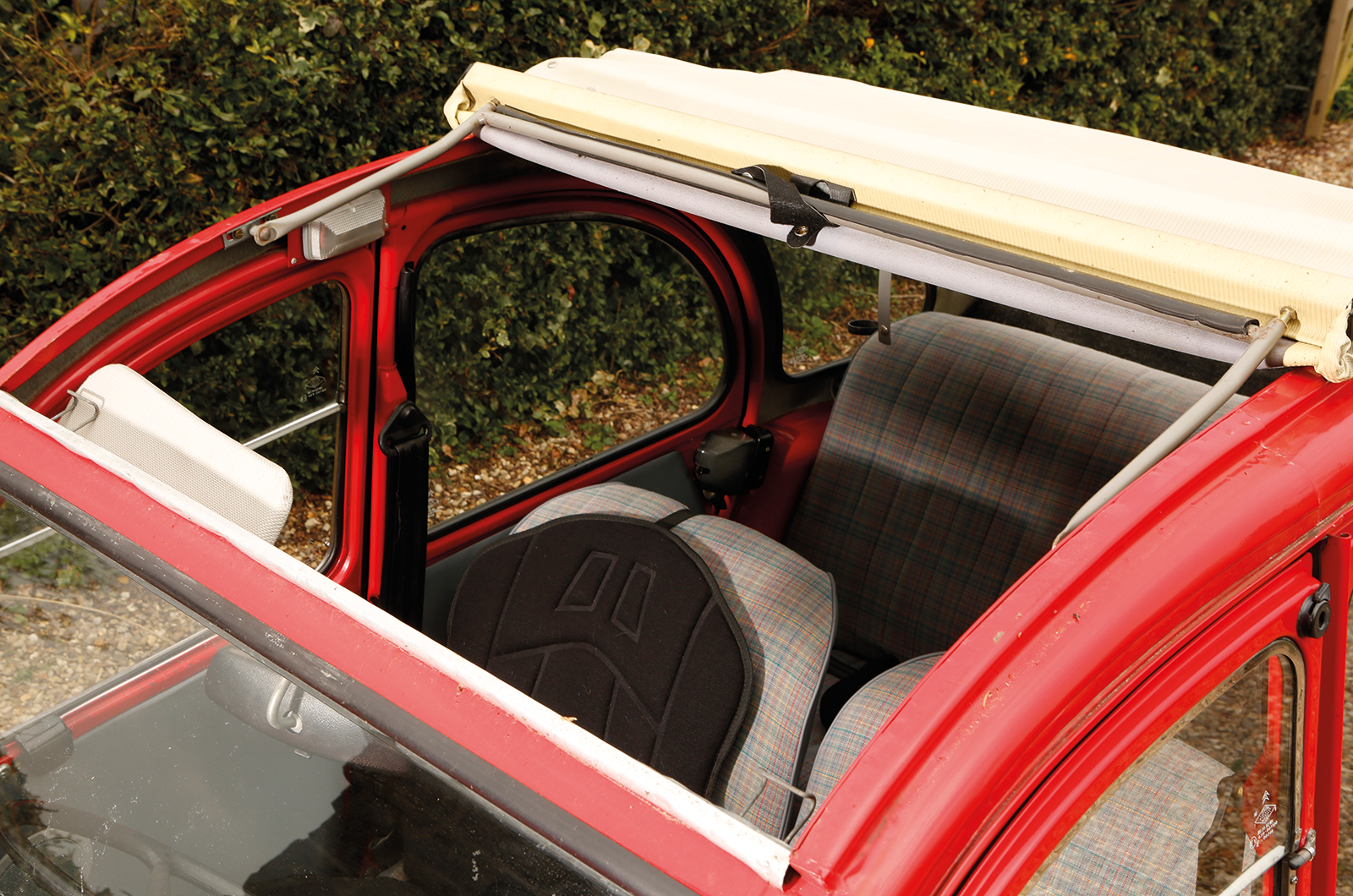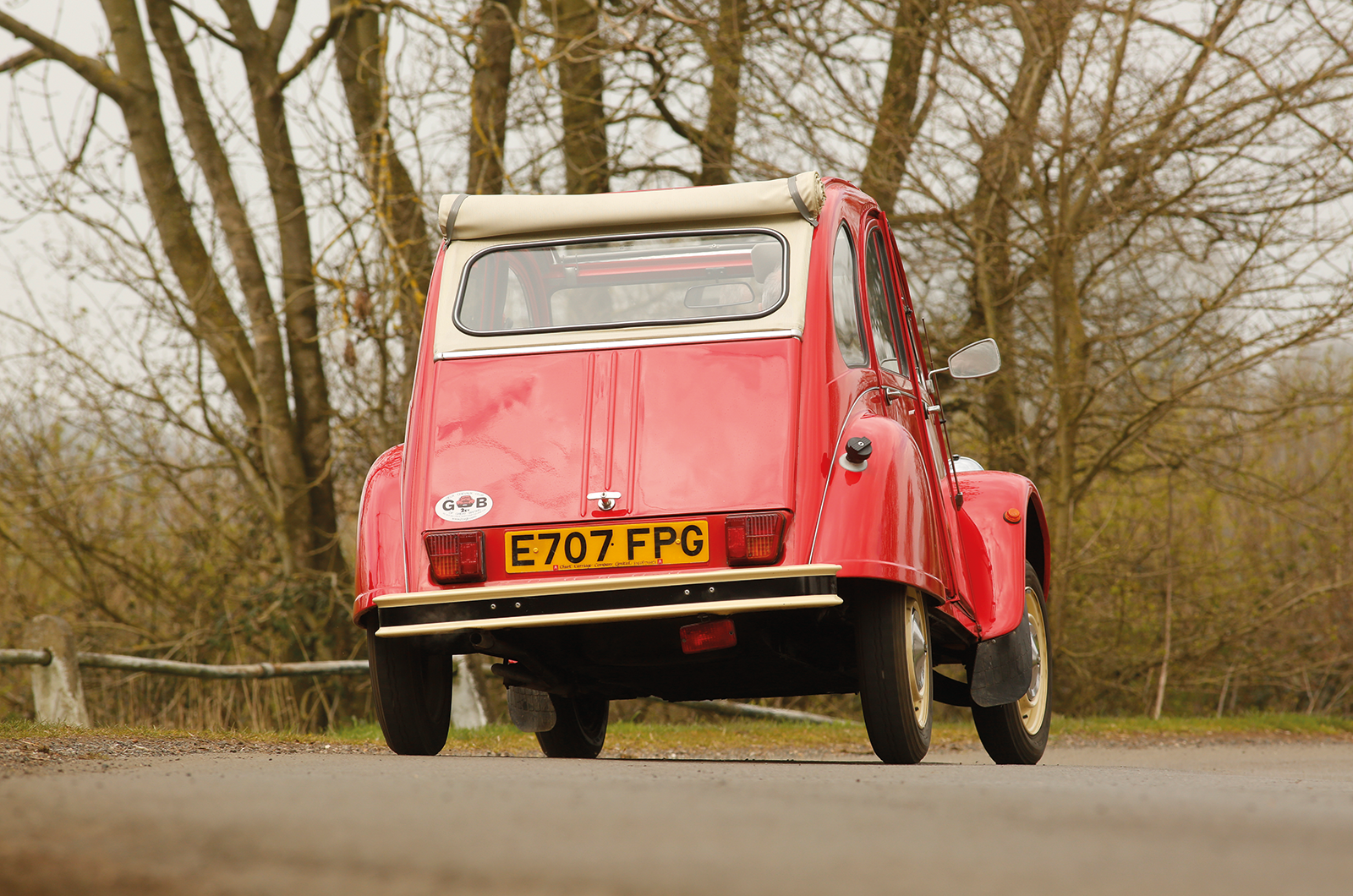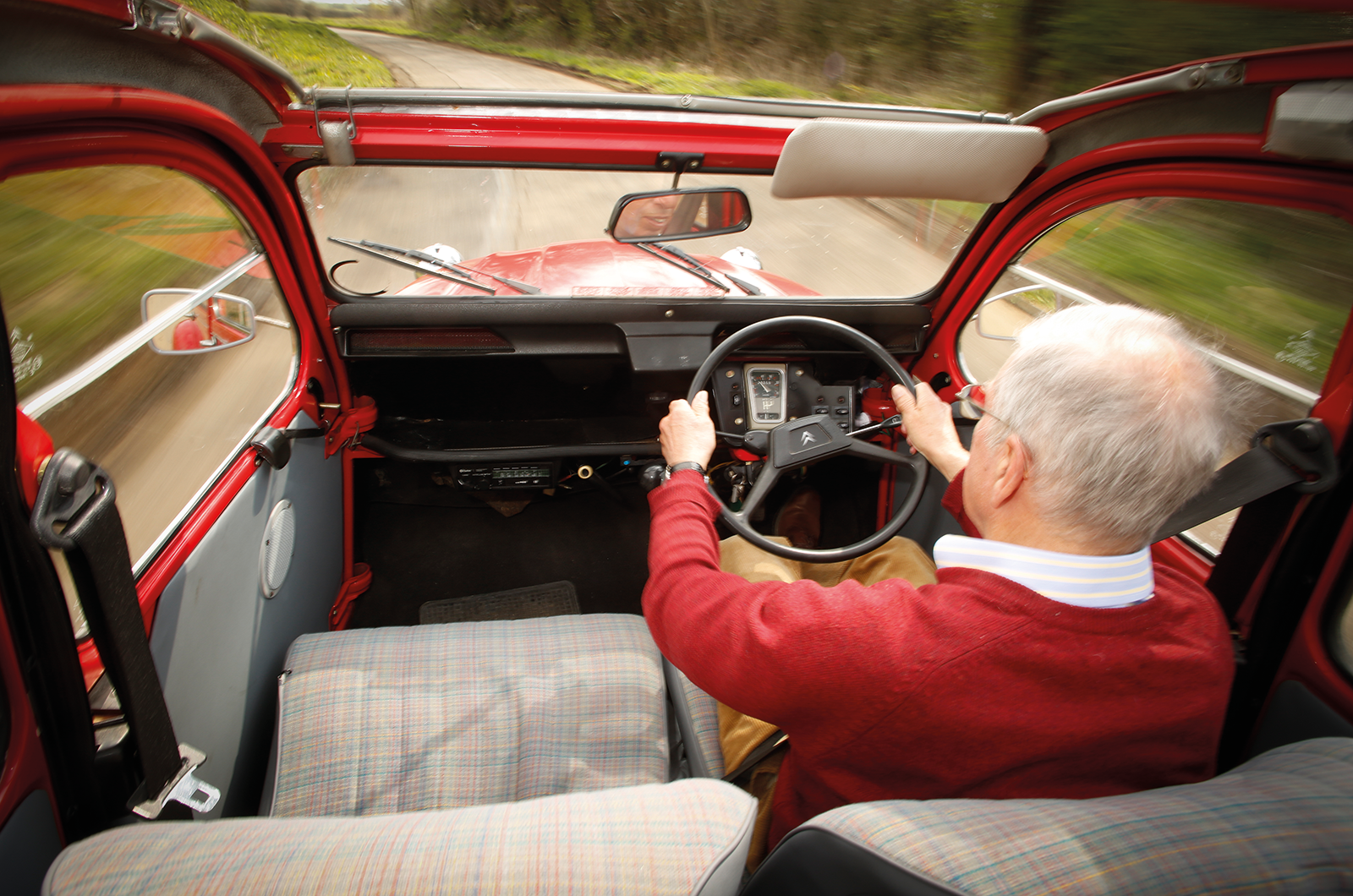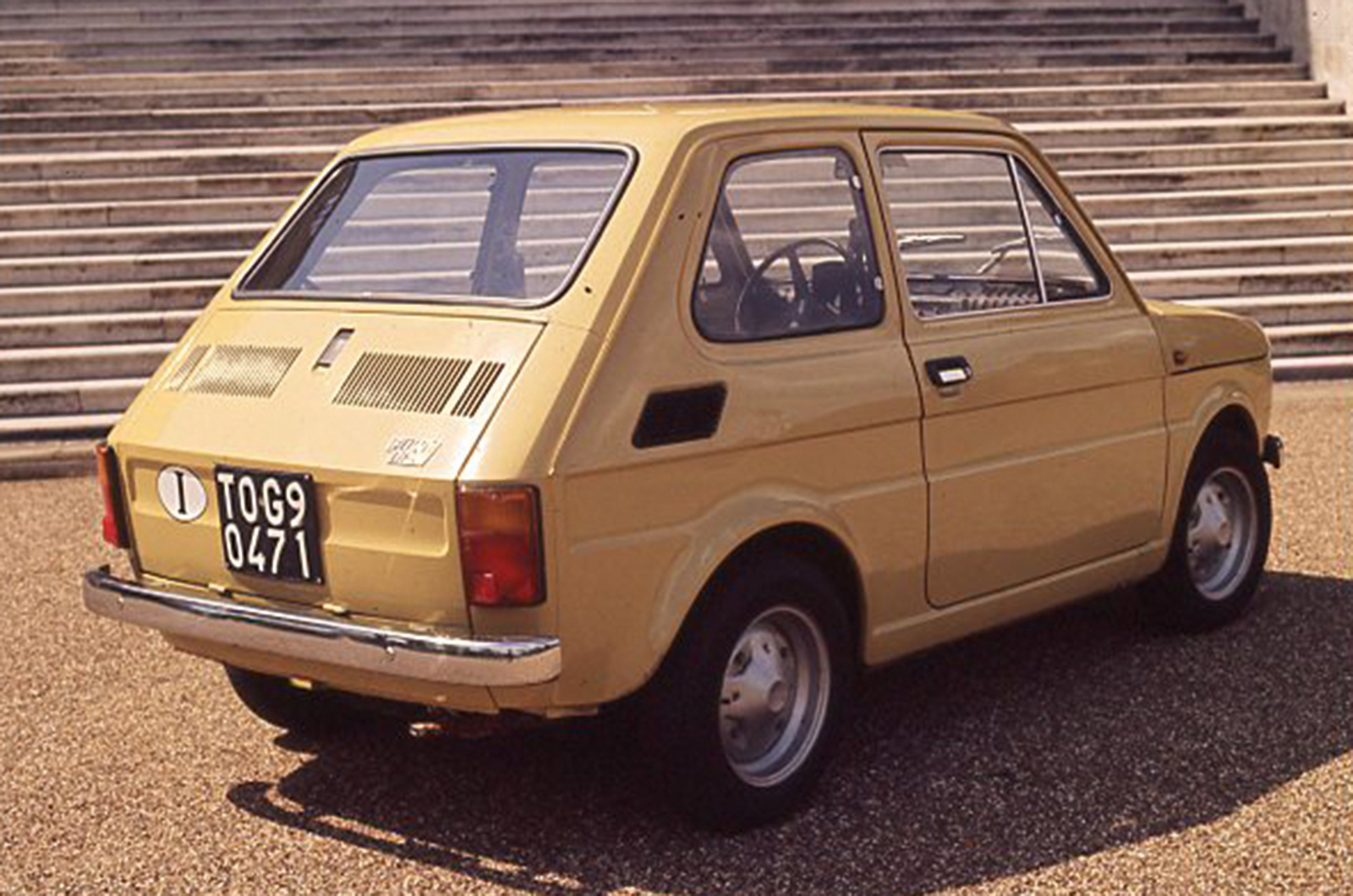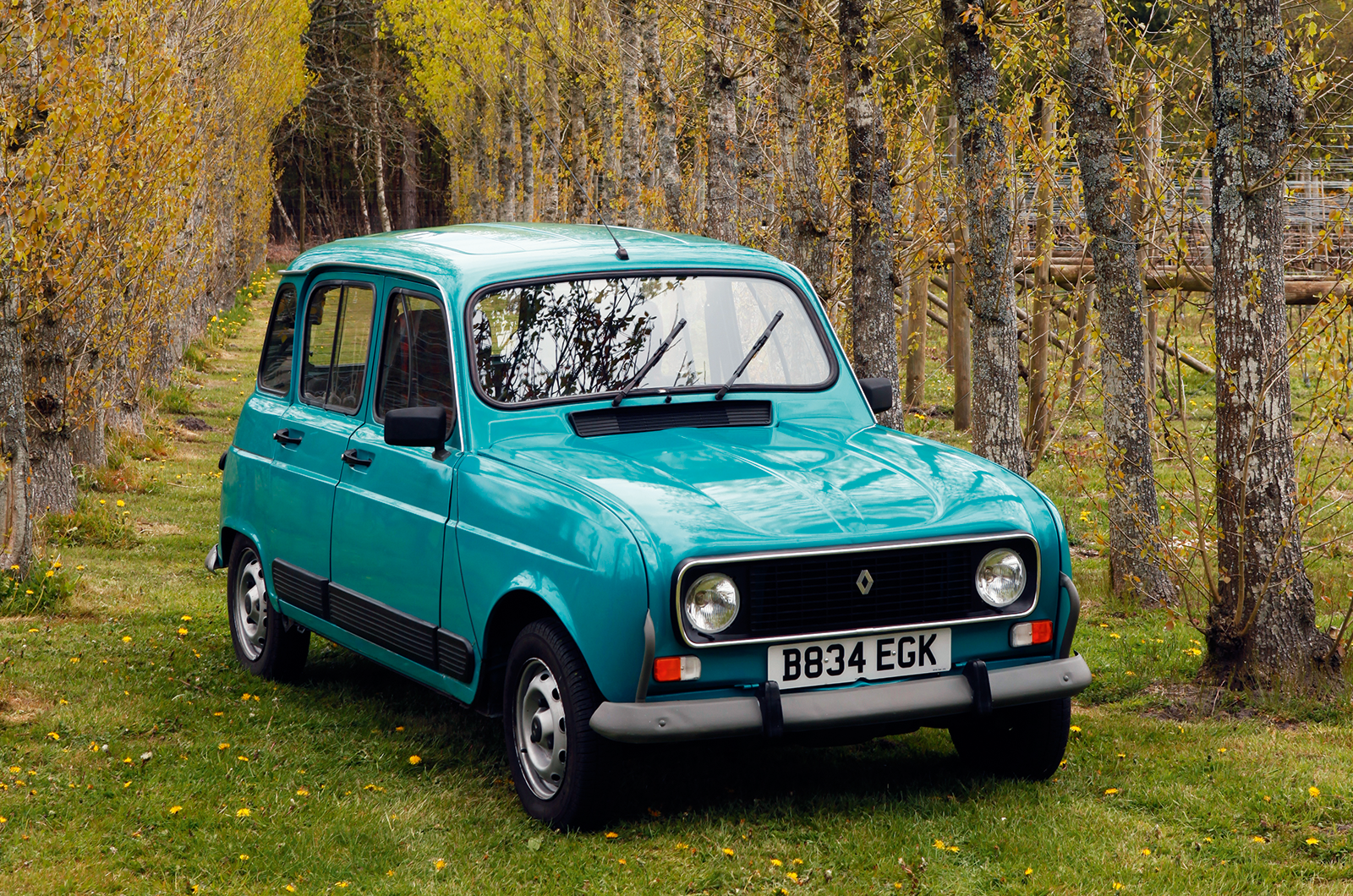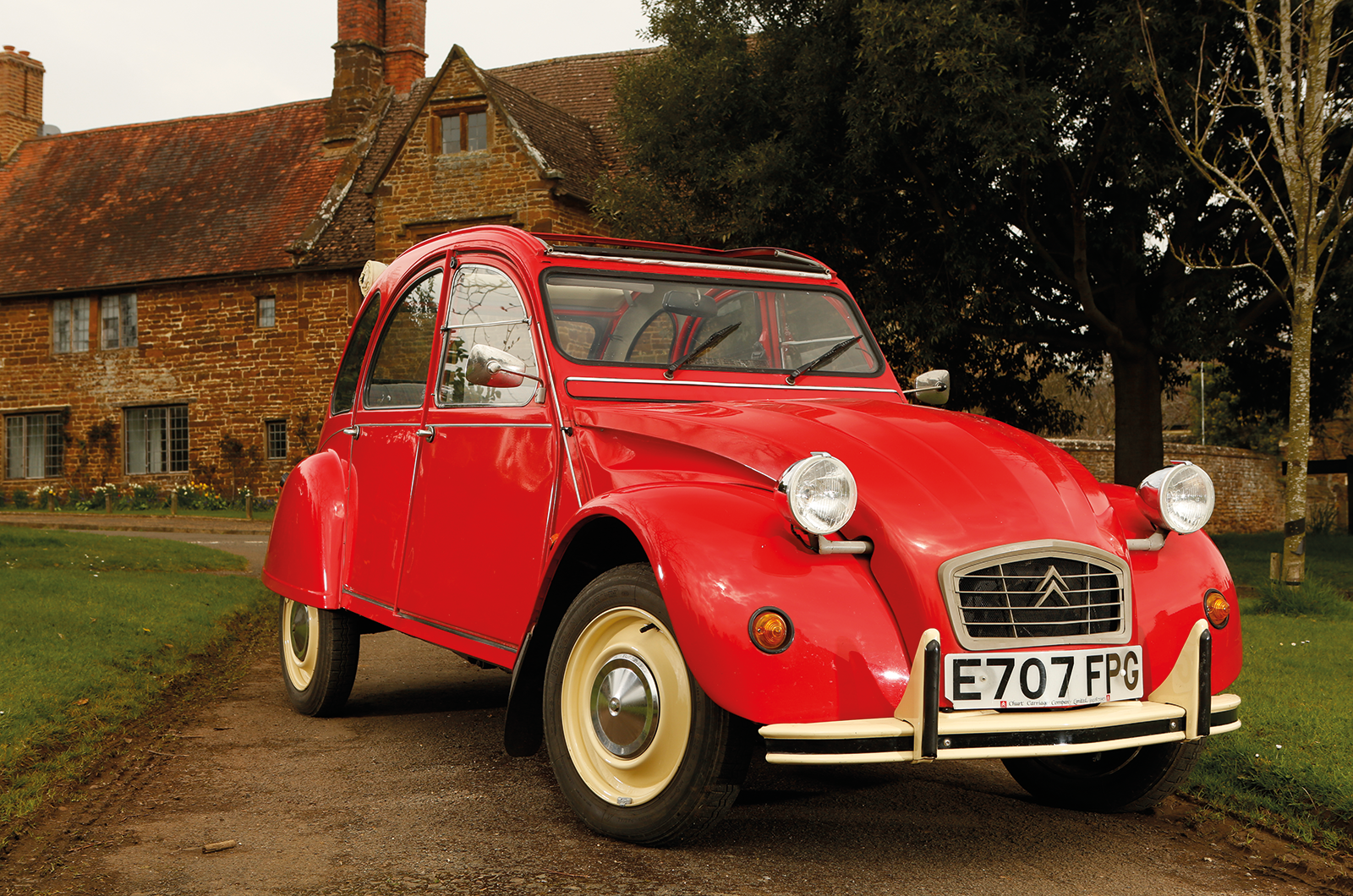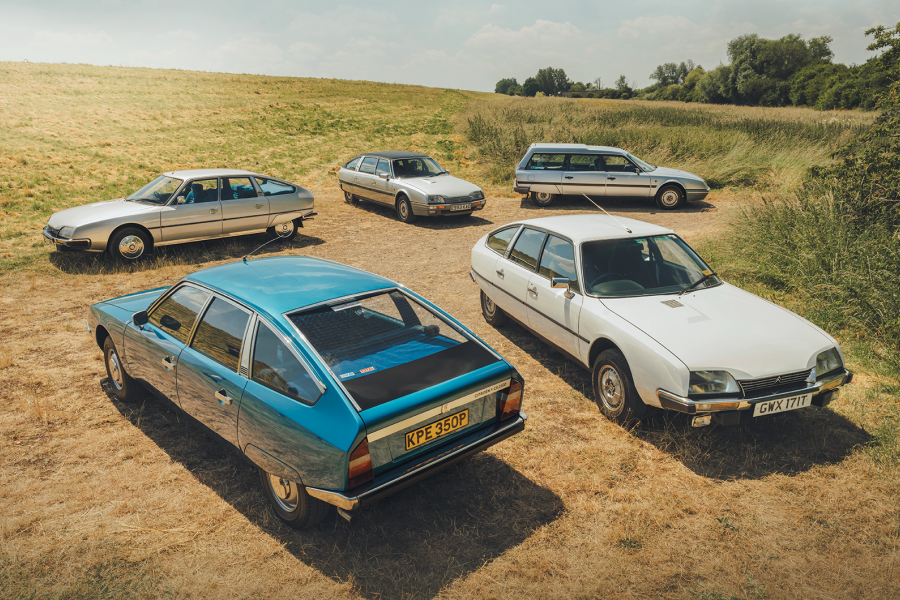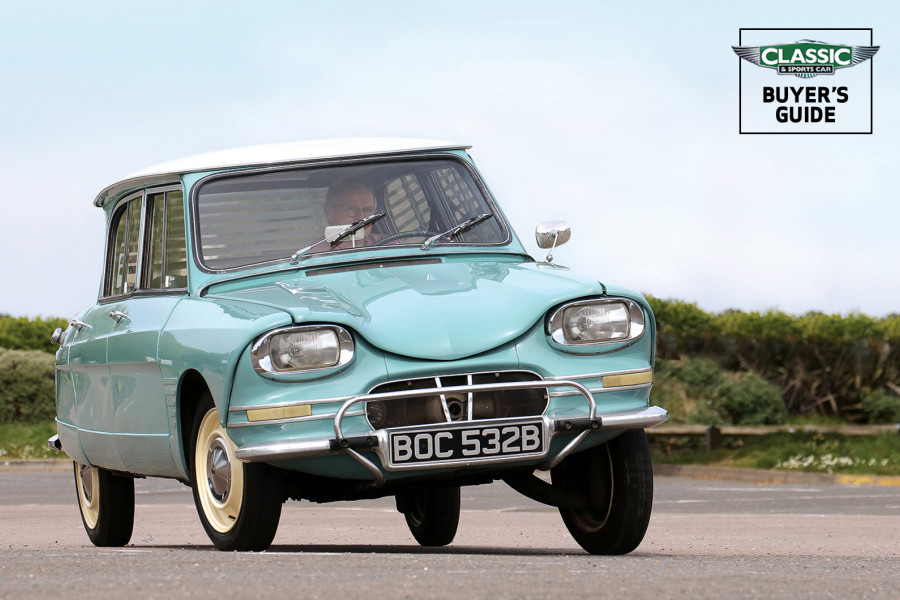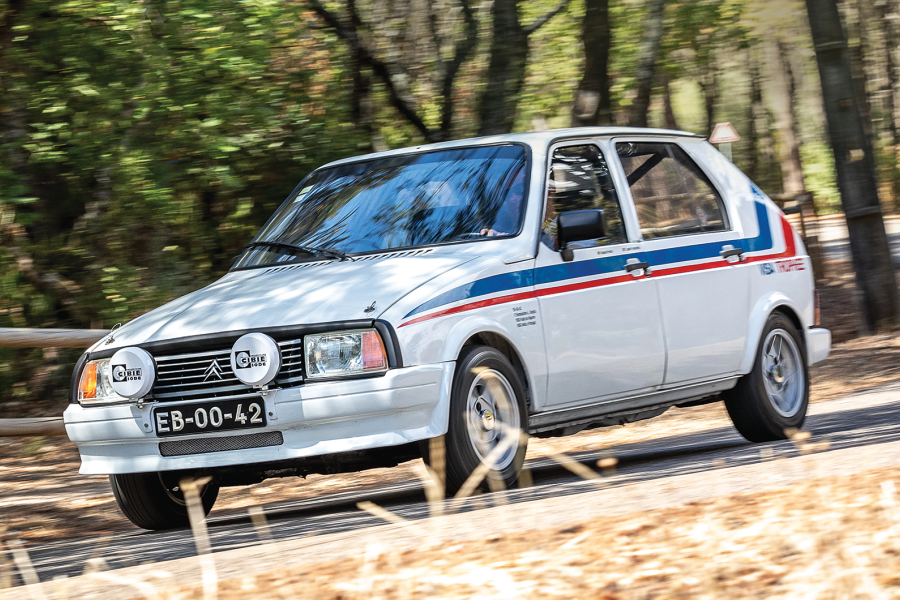
Why you’d want a Citroën 2CV
Innovative design in every detail characterised the 2CV – the brainchild of Pierre Boulanger – with the joint aims of economy and convenience.
Air-cooled with just two cylinders and no distributor, it was cheap both to build and to run. Yet it was one of the most comfortable cars ever built, using clever interlinked horizontal coil springs that act upon each other for all-independent suspension, with minimal unsprung weight thanks to low-mass wheels and inboard front brakes.
Rack-and-pinion steering, a four-speed gearbox, separately controlled fresh-air ventilation and warm air heating, radial tyres and hydraulic brakes were also well ahead of period rivals. Headlight beams adjustable from inside and even road-speed-related wipers (driven from the speedo cable) took Deux Chevaux innovation well into the future.
The 2CV was launched in 1948, but development began before the war. It was built for 41 years, but it was only sold in the UK from ’53-’61 (when built in Slough) and from ’74-onwards.
The tiny, unburstable flat-twin – designed by brilliant ex-Talbot man Walter Becchia – started square, at 375cc with 62mm bore and stroke, and gradually went oversquare to 602cc (74x70).
Unlike most other economy cars, the 2CV was roomy, with a rear seat that could easily be removed for vast luggage capacity – or picnics.
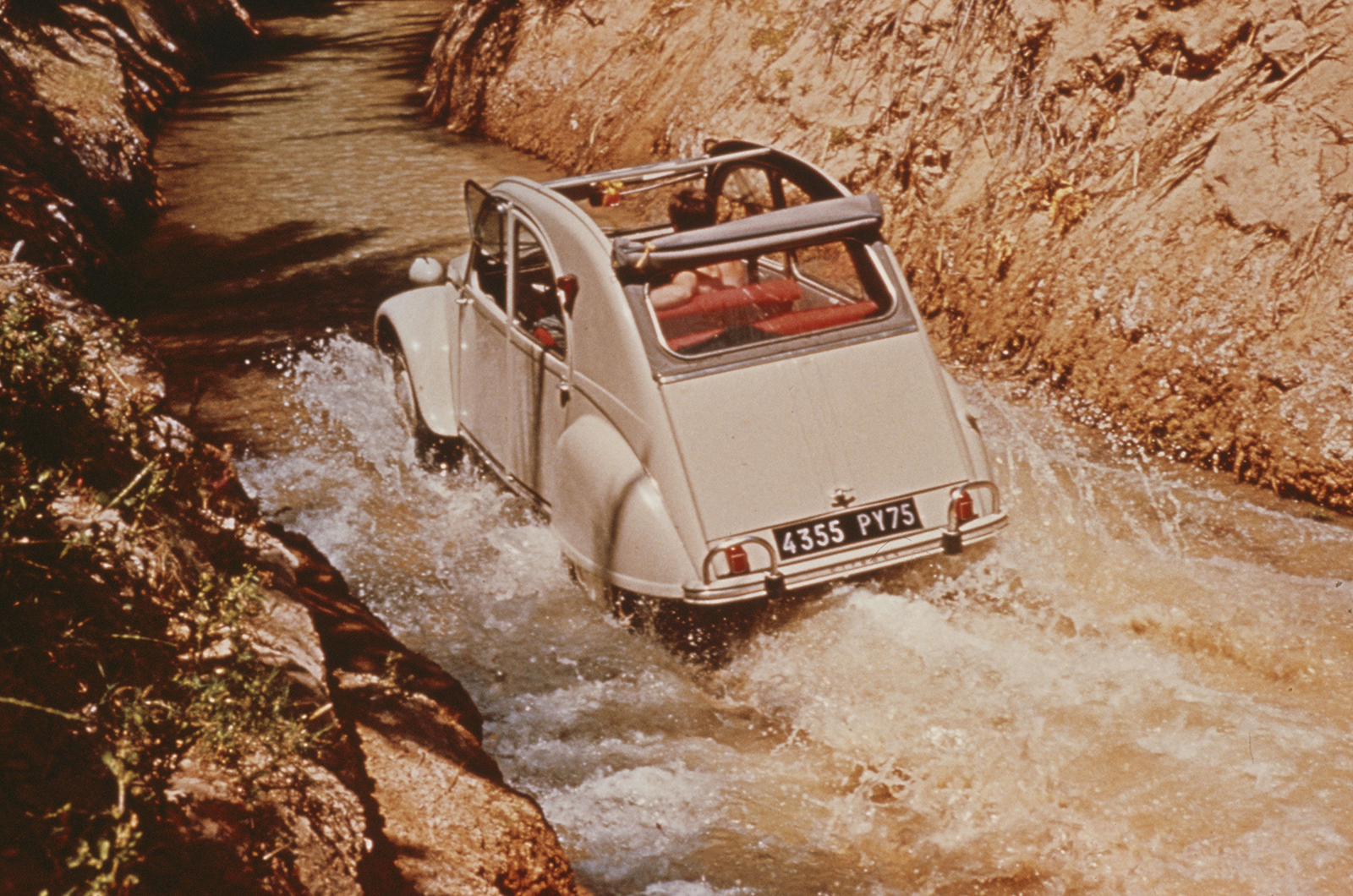
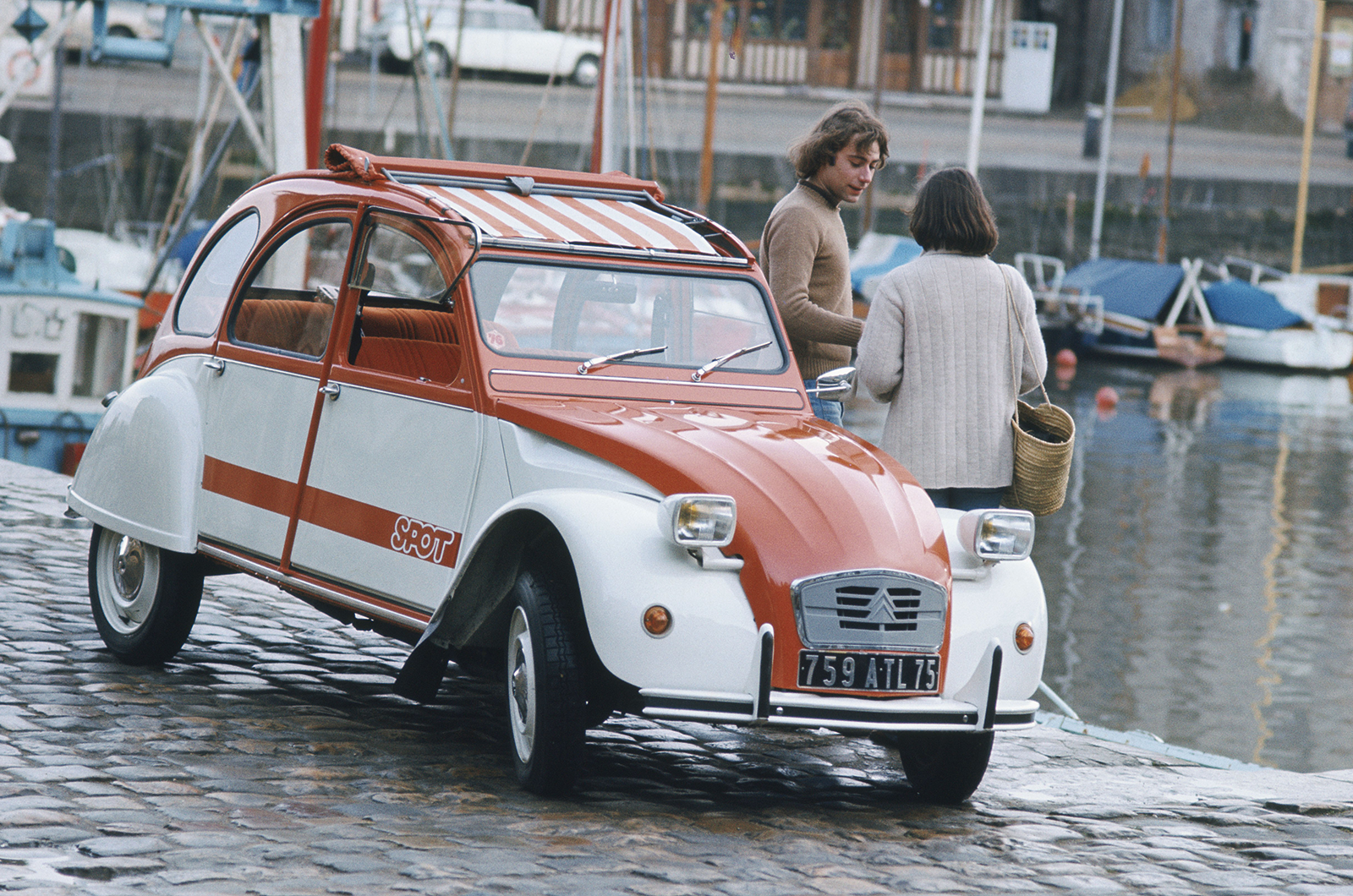
(l-r) 2CV wasn’t fazed by rugged terrain; Spot (Special Production Orange Ténéré) was first limited edition, in ’76


